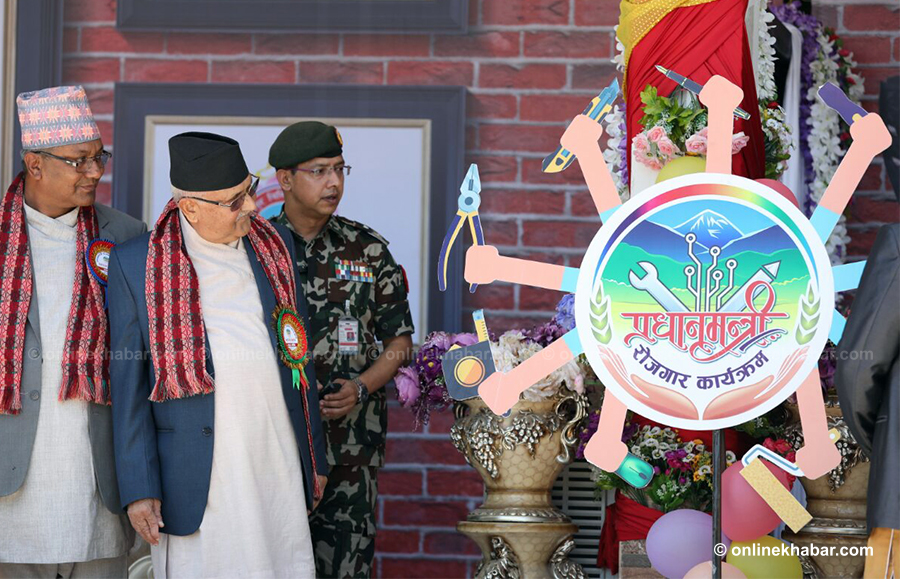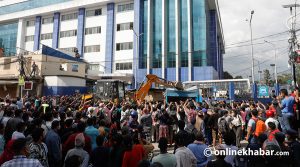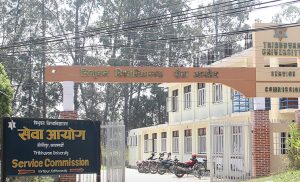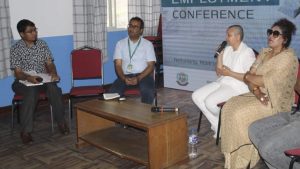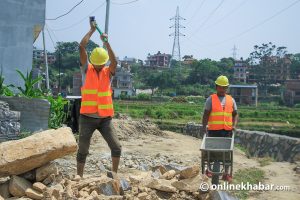The government has been claiming the Prime Minister’s Employment Programme is effective in creating employment, but the implementation of the programme has been weak in the current fiscal year 2020/21 as well.
According to officials, 8,992 projects are being implemented in 742 local governments this year. But, 11 of them have not mobilised the budget of the said programme.
With only three months left to the end of the fiscal year, the risk of misuse of funds allocated through the programme has increased this year owing to the low expenditure, say experts.
2.5 per cent spending in 9 months
As the local governments did not complete the projects under the programme on time, they have spent only Rs 293.4 million in nine months from the allocated annual budget of Rs 11.60 billion.
This is only 2.53 per cent of the allocated budget. It means the local authorities will have to spend 97.5 per cent of the budget within the next three months.
This year, the government has already released Rs 7.17 billion to the local level.
Out of the Rs 293.4 million spent, the local units only gave Rs 1.2 million to the workers.
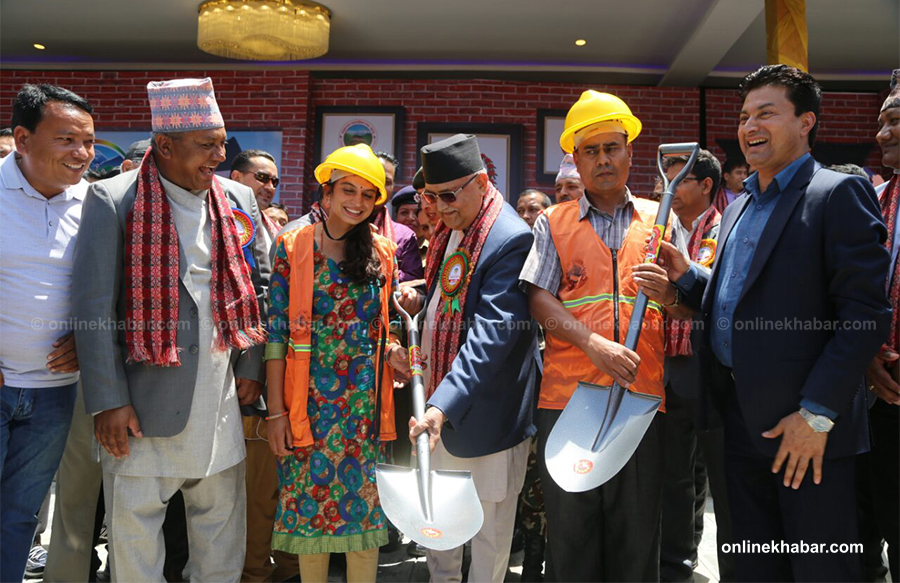
Even in previous years, the local level had haphazardly spent the project’s budget on road expansions in the last month of the fiscal year.
There are 752,952 registered unemployed people under the programme. The programme has aimed to provide 100 days of employment to 200,000 registered unemployed this year. However, as the programme is distribution-oriented, 66,077 people have got a total of 541,174 days of work so far, with an average of eight days of work.
Young people are empty-handed
The Ministry of Labour, Employment and Social Security has been sending conditional grants to the local level for the programme. Local bodies have additional budgets in the name of employment programmes. However, some of them have been spending such grants on small infrastructure projects in a distribution-oriented manner.
The workers have not been able to reap benefits from it, nor has the money been put to good use.
Former Finance Secretary Shanta Raj Subedi says the poor implementation of the employment programme has created frustration among the unemployed youth and they are still empty-handed. He adds that it is unfair to youth who could not even go abroad as the programme could not give accurate results, saying the government should create a conducive environment.
The local governments have spent the budget cleaning roads and sweeping streets, cleaning local courtyards, and other works in previous years. However, they have been criticised for spending a large budget on work that could have been done through labour contribution from the public.
This year, local governments sent a list of proposed projects to the ministry. The federal government has not made any changes in the projects sent by the local units. Those on the unemployment list can get jobs from the projects selected by the local authorities.
But again, most of the local units have proposed programmes including road and ditch maintenance. Of the projects operated in the last fiscal year 2019/20, 48.07 per cent were road transport-related projects. The number of small-scale community infrastructure projects was 18.68 per cent, and energy, irrigation, and river control projects were 11.25 per cent.
The government’s claim
The local governments are not ready to accept that they have spent only a minimal budget. The president of the National Association of Rural Municipalities in Nepal, Hom Narayan Shrestha, says that the modality of the programme is now ‘payment for work’, but the government should think about long-term employment opportunities.
“The government needs to study human resources required at the local level. We need a modality where youth get employment for a while at least,” he says, also claiming, “The government has already started working to change the spending-in-the-last-minute culture.”
Meanwhile, Shrestha also claims that the local units have spent two-thirds of the said budget. “It might seem that the expenses are less because of the delay in reporting though work is done,” he insists.

He claims that the local levels are implementing the programme responsibly, and his association is already discussing the issue with the federal government.
Last year…
The implementation of the PM’s Employment Programme was weak in the fiscal year 2019/20 also, when only a half of the programme’s budget was spent.
A total of 370,734 people listed themselves as unemployed in the hope of getting employment through the programme. Out of that, 261,100 people did not get even the work for a single day whereas over 100,000 people “employed” under the programme received an average of 16 days of work and wages.
According to the coordinator of the programme, Joint-Secretary Suman Ghimire, out of the NRs 5.1 billion allocated for the programme the last fiscal year, the government bodies should have spent Rs 2.39 billion from their resources and Rs 2.62 billion from foreign loan assistance.
Ghimire informs that only 495 local bodies had implemented the project even though 701 local level authorities received grants. The central government sent conditional grants worth Rs 2.3 billion for project implementation. Of the amount, they spent only Rs 1.76 billion (65.49 per cent). He claims that 206 local governments have not implemented the programme due to the spread of Covid-19.
Because Nepal did not get foreign aid last year, the programme was conducted solely only from the government’s resources.



